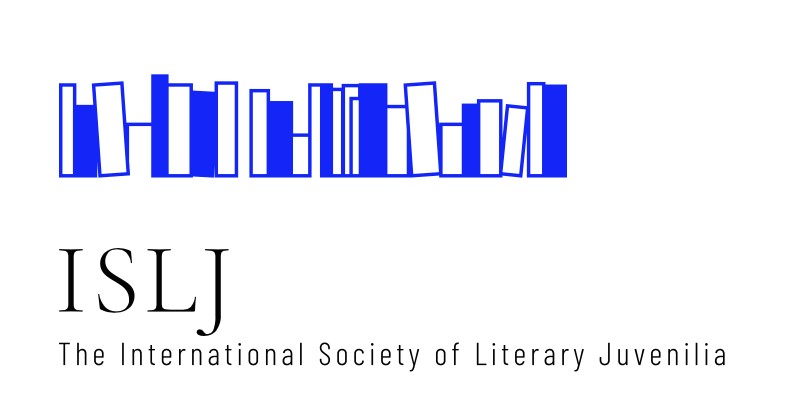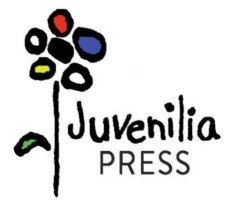Child Journalists, the Civil War, and the Intersectional Work of Reporting Grief
DOI:
https://doi.org/10.29173/jjs62Abstract
In 1864, editors of two nationally-circulating periodicals, Nellie Williams (aged 14) and her sisters, Allie and Mary (aged 12 and 17), reported that their only brother and Union Soldier, Leroy K. Williams, was missing in action. Filtering personal trauma through the performative discourses of nineteenth-century journalism, these young writers publicised their anguish over their brother’s capture. The culturally-situated intersectional identities reflected in and contested by their reporting—as white Northerners, working-class youth, loyal sisters, and enterprising journalists—expose a kaleidoscope of fissures and collisions between private and public, silence and enunciation, gender and class, trauma and resilience. The resulting tensions illustrate the ways by which genres shaped, and were shaped by, children’s articulations of suffering for a national audience during wartime.
Downloads
Published
Versions
- 2022-07-12 (2)
- 2021-12-24 (1)
Issue
Section
License
The Creative Commons Attribution-Noncommercial-No Derivatives 4.0 International license applies to all works published by the Journal of Juvenilia Studies and authors retain copyright of their work.
![]()



.jpg)
 Dedicated to the discussion and promotion of literary works by young writers
Dedicated to the discussion and promotion of literary works by young writers

